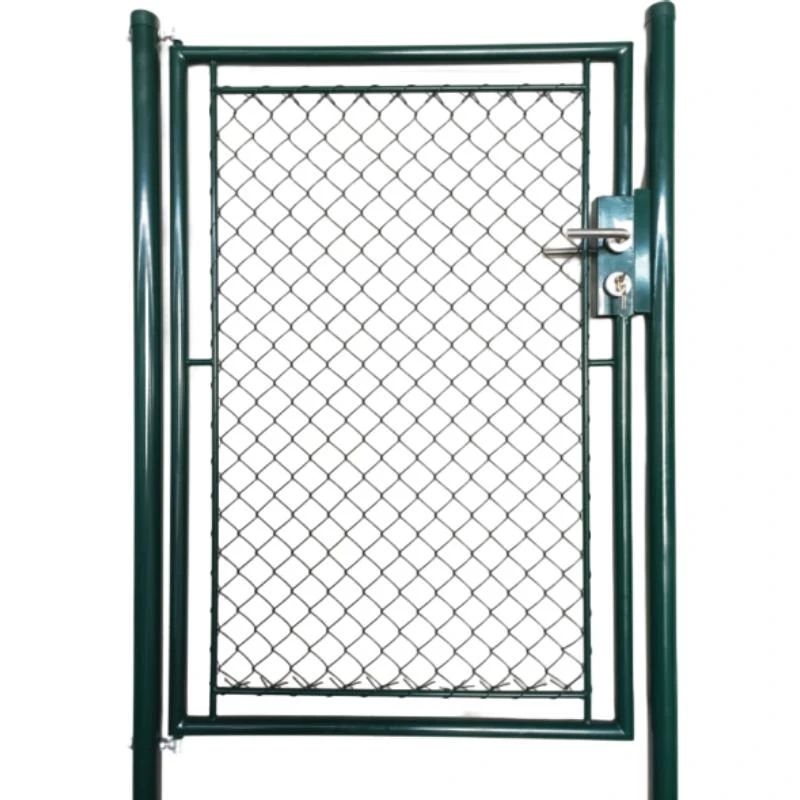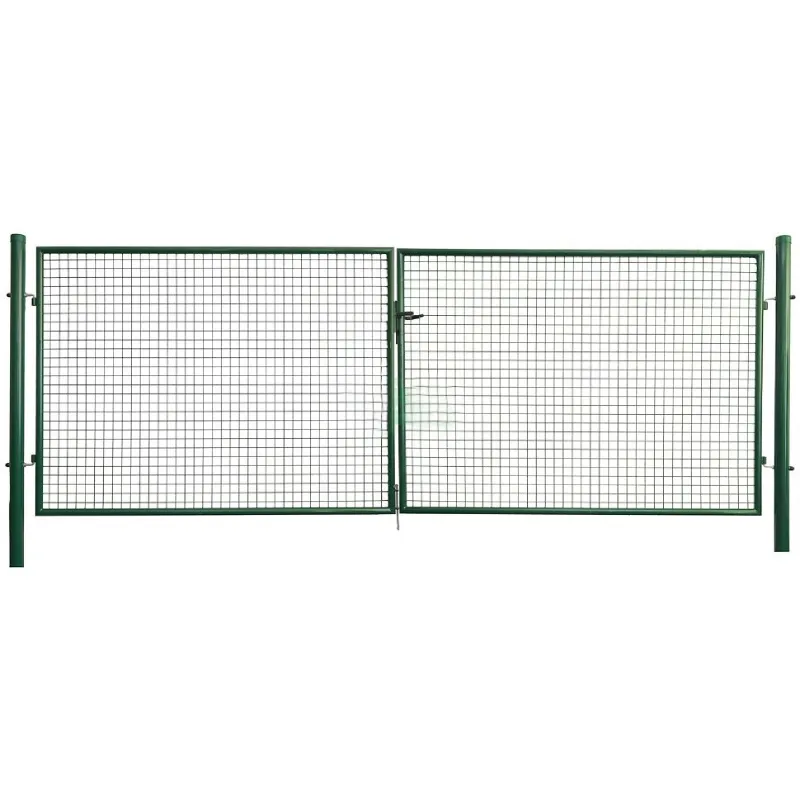-
E-post:zhao@hyliec.cn
-
Tel:+86 311 85273988
-
WhatsAPP:8613931128750
-
 Afrikaanske
Afrikaanske -
 Albaneesk
Albaneesk -
 Amhaarsk
Amhaarsk -
 Arabysk
Arabysk -
 Armeensk
Armeensk -
 Azerbeidzjaansk
Azerbeidzjaansk -
 Baskysk
Baskysk -
 Wytrussysk
Wytrussysk -
 Bengaalsk
Bengaalsk -
 Bosnysk
Bosnysk -
 Bulgaarsk
Bulgaarsk -
 Katalaansk
Katalaansk -
 Cebuano
Cebuano -
 Korsikaansk
Korsikaansk -
 Kroatysk
Kroatysk -
 Tsjechysk
Tsjechysk -
 Deensk
Deensk -
 Nederlânsk
Nederlânsk -
 Ingelsk
Ingelsk -
 Esperanto
Esperanto -
 Estysk
Estysk -
 Finsk
Finsk -
 Frânsk
Frânsk -
 Frysk
Frysk -
 Galyskysk
Galyskysk -
 Georgysk
Georgysk -
 Dútsk
Dútsk -
 Gryksk
Gryksk -
 Gujaratysk
Gujaratysk -
 Haïtiaansk Kreaolsk
Haïtiaansk Kreaolsk -
 Hausa
Hausa -
 Hawaïaansk
Hawaïaansk -
 Hebrieuwsk
Hebrieuwsk -
 Nee
Nee -
 Miao
Miao -
 Hongaarsk
Hongaarsk -
 Yslânsk
Yslânsk -
 igbo
igbo -
 Yndonesysk
Yndonesysk -
 Iersk
Iersk -
 Italiaansk
Italiaansk -
 Japansk
Japansk -
 Javaansk
Javaansk -
 Kannada
Kannada -
 Kazachsk
Kazachsk -
 Khmer
Khmer -
 Rwandan
Rwandan -
 Koreaansk
Koreaansk -
 Koerdysk
Koerdysk -
 Kirgizysk
Kirgizysk -
 TB
TB -
 Latyn
Latyn -
 Letsk
Letsk -
 Litousk
Litousk -
 Lúksemboarchsk
Lúksemboarchsk -
 Masedoanysk
Masedoanysk -
 Malgashi
Malgashi -
 Maleisk
Maleisk -
 Malayalam
Malayalam -
 Malteesk
Malteesk -
 Maori
Maori -
 Maratysk
Maratysk -
 Mongoalsk
Mongoalsk -
 Birma
Birma -
 Nepaleesk
Nepaleesk -
 Noarsk
Noarsk -
 Noarsk
Noarsk -
 Oksitaansk
Oksitaansk -
 Pashtu
Pashtu -
 Perzysk
Perzysk -
 Poalsk
Poalsk -
 Portegeesk
Portegeesk -
 Pûndjaabsk
Pûndjaabsk -
 Roemeensk
Roemeensk -
 Russysk
Russysk -
 Samoan
Samoan -
 Skotsk Gaelic
Skotsk Gaelic -
 Servysk
Servysk -
 Ingelsk
Ingelsk -
 Shona
Shona -
 Sindysk
Sindysk -
 Sinhala
Sinhala -
 Slowaaksk
Slowaaksk -
 Sloveensk
Sloveensk -
 Somalysk
Somalysk -
 Spaansk
Spaansk -
 Sundanese
Sundanese -
 Swahily
Swahily -
 Sweedsk
Sweedsk -
 Tagaloch
Tagaloch -
 Tajik
Tajik -
 Tamyl
Tamyl -
 Tatar
Tatar -
 Telugu
Telugu -
 Taisk
Taisk -
 Turksk
Turksk -
 Turkmeensk
Turkmeensk -
 Oekraynsk
Oekraynsk -
 Urdu
Urdu -
 Uighur
Uighur -
 Uzbek
Uzbek -
 Fietnameesk
Fietnameesk -
 Welsh
Welsh -
 Help
Help -
 Jiddysk
Jiddysk -
 Yoruba
Yoruba -
 Zulu
Zulu
Garden Gates
Cheap Garden Gates For Sale
You can find cheap garden gates for sale at various home improvement stores, online retailers, and local hardware shops. Consider looking for sales, clearance items, or second-hand options to find affordable garden gates that meet your needs. Additionally, exploring different types and sizes can help you find cost-effective solutions for your garden gate. Be sure to compare prices, quality, and reviews to make an informed decision.
Garden Gate Construction
1. Planning: Determine the location and dimensions of the gate, considering the width of the pathway or opening. Decide on the type of gate, such as a single or double gate, and the materials to be used.
2. Materials: Select the appropriate types and sizes for the gate, such as round tube gates or square tube gates, single wing gates or double wings gates, ensure to meet requirements of maximum.
3. Frame assembly: Construct the frame of the gate using the chosen types and sizes . This may involve cutting and assembling the frame pieces, ensuring that they are square and level.
4. Adding infill: Depending on the design, add infill materials such as pickets, panels, or mesh to the gate frame. Secure the infill materials to the frame using appropriate fasteners.
5. Hardware installation: Install hinges, latches, and any additional hardware required for the gate to function properly. Ensure that the hardware is durable and suitable for outdoor use.
6. Finishing touches: Sand the gate to smooth any rough edges and apply a protective finish or paint to enhance its durability and appearance.
7. Installation: Once the gate is constructed, install it in the desired location, ensuring that it swings freely and latches securely.
It's important to follow any local building codes or regulations when constructing a garden gate, especially if it will be used as a boundary or security feature. If you're unsure about the construction process, consider consulting with a professional or seeking guidance from experienced individuals.





